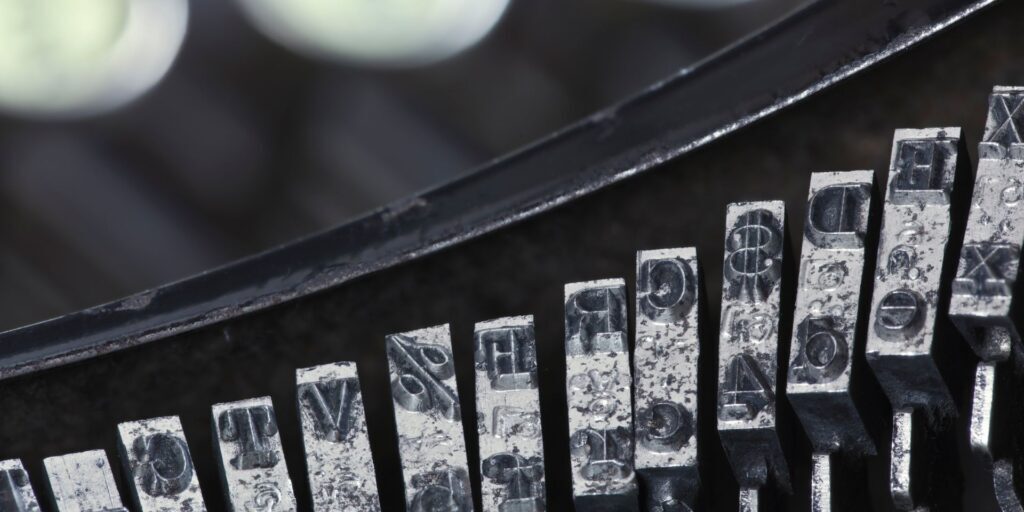Internal transitions make your message flow smoothly
Internal, or small, transitions move your copy from paragraph to paragraph, from sentence to sentence, from idea to idea.

These are the nows, the laters, the after thats; the howevers, yets and buts; and the thuses, the stills, the neverthelesses.
These copy connectors keep your story from feeling like a series of fits and starts, jumps and jerks or sudden shifts of scene.
To polish these internal transitions:
1. Make good connections.
Let’s pause and ponder that for a minute too.
To make sure your copy flows smoothly from one point to the next:
- Compare and contrast (“However … Yet … Still”)
- Move chronologically (“In 1985 … A few years later … In the future”)
- Travel geographically (“In the White House … Meanwhile, back at the ranch”)
- Progress sequentially (“First … Second … Third …”)
2. Pivot to a new topic.
Turn the story neatly from one idea into the next using a super-short paragraph.
Try it. It works.
3. Make them invisible.
Some folks use internal transitions to turn literary cartwheels. But the best internal transitions are invisible: Readers should hardly notice them. “Look at me!” transitions can distract readers from the substance of the story or its narrative line.
There’s a time for drama.
That doesn’t mean there’s never a time to write dramatic transitions. There is: when you’re moving from the end of a major section to the beginning of the next.
That natural stopping point demands more than a “but” or an “and.” It demands an external transition.




